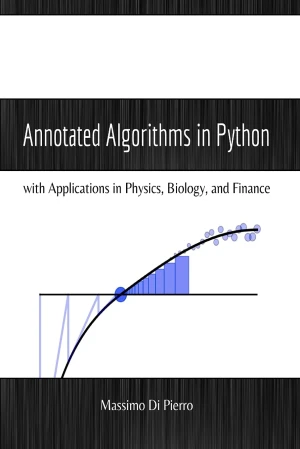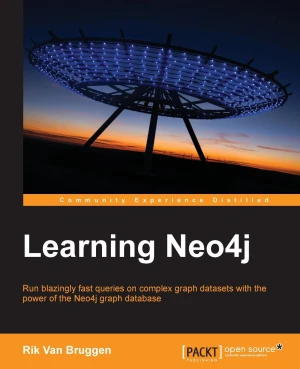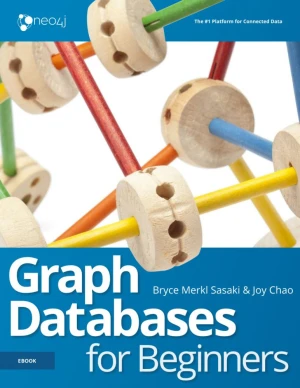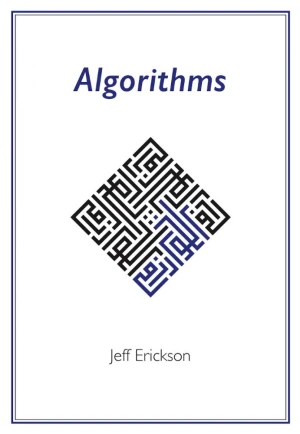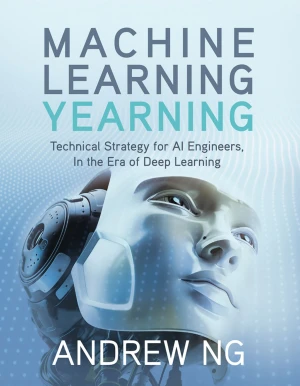Graph Algorithms
Practical Examples in Apache Spark and Neo4j
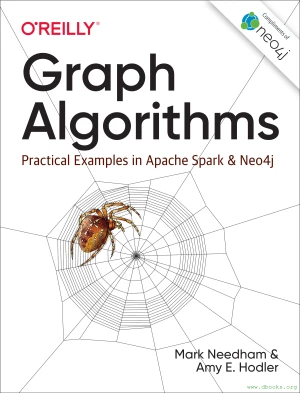
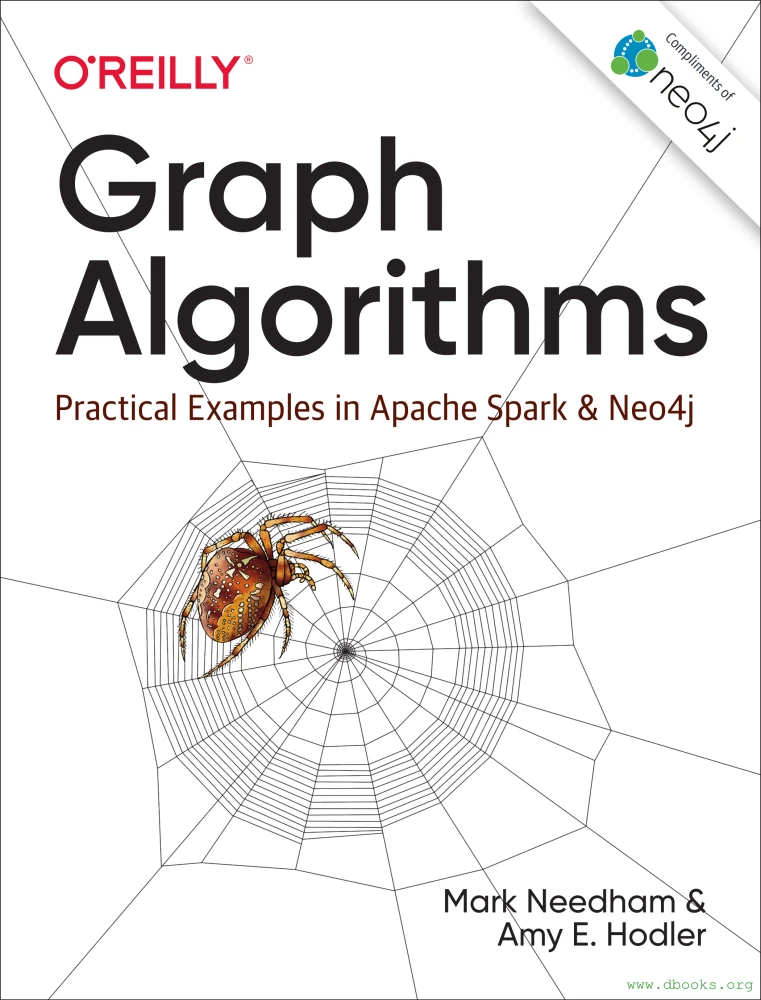
Book Details
| Authors | Mark Needham, Amy Hodler |
| Publisher | O'Reilly Media |
| Published | 2019 |
| Edition | 1st |
| Paperback | 265 pages |
| Language | English |
| ISBN-13 | 9781492047674, 9781492047681 |
| ISBN-10 | 1492047678, 1492047686 |
| License | Compliments of Neo4j |
Book Description
Learn how graph algorithms can help you leverage relationships within your data to develop intelligent solutions and enhance your machine learning models. With this practical guide, developers and data scientists will discover how graph analytics deliver value, whether they're used for building dynamic network models or forecasting real-world behavior.
Mark Needham and Amy Hodler from Neo4j explain how graph algorithms describe complex structures and reveal difficult-to-find patterns - from finding vulnerabilities and bottlenecks to detecting communities and improving machine learning predictions. You'll walk through hands-on examples that show you how to use graph algorithms in Apache Spark and Neo4j, two of the most common choices for graph analytics.
- Learn how graph analytics reveal more predictive elements in today's data
- Understand how popular graph algorithms work and how they're applied
- Use sample code and tips from more than 20 graph algorithm examples
- Learn which algorithms to use for different types of questions
- Explore examples with working code and sample datasets for Spark and Neo4j
- Create an ML workflow for link prediction by combining Neo4j and Spark
This book is published as open-access, which means it is freely available to read, download, and share without restrictions.
If you enjoyed the book and would like to support the author, you can purchase a printed copy (hardcover or paperback) from official retailers.
Download and Read Links
Share this Book
[localhost]# find . -name "*Similar_Books*"
Annotated Algorithms in Python, 2nd Edition
This open book is assembled from lectures given by the author over a period of 10 years at the School of Computing of DePaul University. The lectures cover multiple classes, including Analysis and Design of Algorithms, Scientific Computing, Monte Carlo Simulations, and Parallel Algorithms. These lectures teach the core knowledge required by any sci
Learning Neo4j
Neo4j is the world's leading graph database and offers users a radical new way of dealing with connected data. This book has been created to help you get to grips with it, providing you with an accessible route through a tool built to contend with the complexity of modern data. Learn the fundamental concepts behind Neo4j, and put them into practice
Graph Databases For Beginners
So someone has heard about graph databases and wants to understand what all the buzz is about. Are they just a passing trend - here today and gone tomorrow - or are they a rising tide that businesses and development teams can't afford to ignore? Whether they're a business executive or a seasoned developer, something - perhaps a pressing business ch
Apache Iceberg: The Definitive Guide
Traditional data architecture patterns are severely limited. To use these patterns, you have to ETL data into each tool - a cost-prohibitive process for making warehouse features available to all of your data. The lack of flexibility with these patterns requires you to lock into a set of priority tools and formats, which creates data silos and data
Algorithms
Algorithms are the lifeblood of computer science. They are the machines that proofs build and the music that programs play. Their history is as old as mathematics itself. This book is a wide-ranging, idiosyncratic treatise on the design and analysis of algorithms, covering several fundamental techniques, with an emphasis on intuition and the proble
Machine Learning Yearning
AI is transforming numerous industries. Machine Learning Yearning, a free ebook from Andrew Ng, teaches you how to structure Machine Learning projects. This book is focused not on teaching you ML algorithms, but on how to make ML algorithms work. After reading Machine Learning Yearning, you will be able to: - Prioritize the most promising direction

